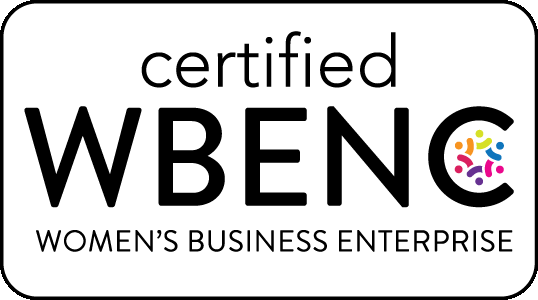Chances are you’ve met these characters (or maybe you’re one of them). As AI tools flood the workspace, employees are reacting in wildly different ways.
The O’Keefe Group knows that “AI-ttitudes” can often be a stumbling block for AI adoption, and we know what strategies work to turn resistance into buy-in. Here are some of the personas you may encounter, along with some tips to nudge each one toward AI enlightenment.
1. The AI-Phobe (“Hal is watching me”)
They’ve read 1984 too many times. They’re convinced AI is spying, lying, or preparing for a hostile takeover.
Approach: Ensure they know that your organization has guardrails in place and Skynet won’t be showing up in the office. Suggest low-risk, high-value use cases such as summarizing meeting notes or drafting email responses.
2. The Luddite (“I prefer fax machines, thanks”)
They waited 10 years to buy a smartphone and still print out emails. To them AI is just another annoying buzzword.
Approach: Skip the jargon. Start with tiny, invisible wins. Show how AI can proofread or punch up a PowerPoint deck. Brag quietly about the time you got AI to cut your workload in half.
3. The Turkey (“I don’t celebrate Thanksgiving”)
They see AI as one thing and one thing only: an all-powerful tool that is coming for their job. In their eyes, using AI is equivalent to training a bot to replace them.
Approach: Remind them that change and uncertainty at work are nothing new. Encourage them to apply AI to a task they struggle with. Someone who’s not a skilled writer could use it to save time, improve the quality of their communications, and present a more professional face to the organization.
4. The Hesitator (“I’d try it if someone showed me how… slowly”)
They’re curious about AI but need some handholding and maybe a little cheerleading.
They have a perfectionist streak and are afraid to make mistakes.
Approach: Provide hands-on workshops and practical templates targeted to their role. For example, a recruiting manager could use AI to automate sourcing, screening, and scheduling, and to help in decision-making. Emphasize that experimentation is encouraged and perfection is not required.
5. The Busy Bee (“I’m already working 996”)
In an already hectic workweek, finding time to explore AI solutions can be a real challenge. It can also be an excuse (See 1-4 above).
Approach: Respect this defense, but provide some tips for how AI can actually be a time-saver. Offer examples of tasks that AI can do faster (e.g., sorting emails, analyzing data, generating headlines), and remind them of the benefits of focusing on high-value activities.
6. The Adaptor (“Go ahead, move my cheese”)
They don’t fear change and they don’t resist change – in fact, they thrive on it. They love learning and mastering new things.
Approach: Adaptors are an organization’s best friend during times of change. Your mission is to identify these people and enlist their help with workshops or informal conversations with co-workers. Because they’re living proof that AI doesn’t have to be scary or hard to learn.
7. The AI Evangelist (“I asked ChatGPT to write my wedding vows”)
They’ve already named their AI assistant and possibly tried to bring it to the company holiday party. They’re using AI for everything from creating strategy decks to forecasting market demands.
Approach: If they have good training skills, invite to them lead a lunch-and-learn. Their enthusiasm can be infectious. Or engage them as internal experts to provide content for how-to guides.
The key to bringing everyone along? Meet them where they are, and remind them that AI produces real-world value. It can help us do what we do best: think, create, and maybe even finish that project before the deadline.
The O’Keefe Group is working with clients to help employees make the most of AI while avoiding the pitfalls that accompany this new technology. We’d love to join you on your AI journey.


